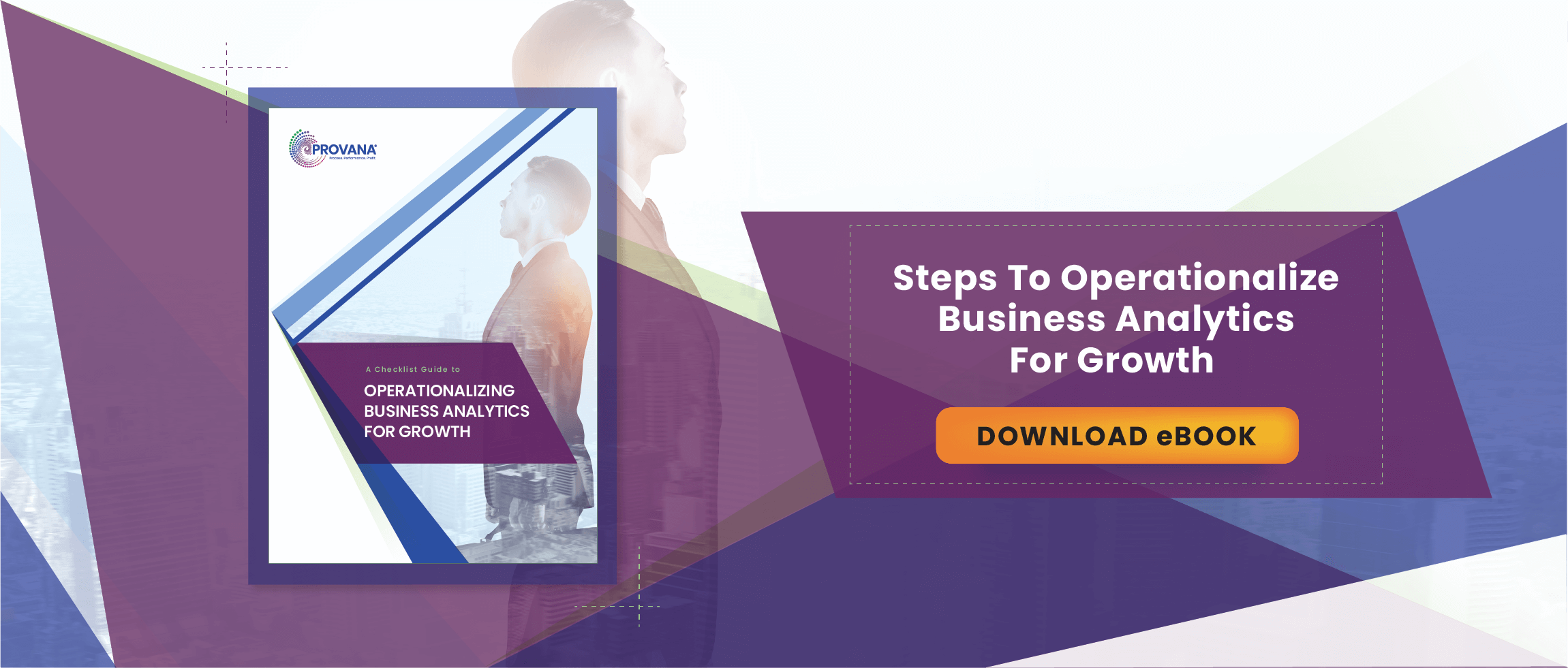How to Use Business Intelligence Effectively in Your Collection Business
- April 28, 2022
- Category: Business Intelligence

Recommended Reading
In recent years, advances in data analytics technology have promised to revolutionize the way businesses manage consumer credit. From lending to debt collection, this so called “business intelligence (BI) data” can be used to increase the profitability of receivables management and maximize returns on investment (ROI). However, navigating the myriad of data sources alone can be tricky, especially when your agency is reeling under the pressure of constantly evolving regulations.
What’s often missing is a clear link between your business objectives, understanding the data sources you have, and finding a team (either internally or through a partner) who can help you transform this BI data into operational insights. To learn more about how to incorporate BI best practices and deliver actionable KPIs, we recently connected with Mike Gibb from AccountsRecovery.net for an insightful webinar. Here are our key takeaways.
1. Work with your service provider more diligently
If you look at data models from one collection agency to another, they may look similar on the surface. They have similarities in core data sources, performance, and productivity patterns. However, two agencies can also be significantly different at the same time, especially with their client-level requirements. Hence, it is of great benefit to work with your Business Intelligence service provider to get a BI solution adapted for your individual agency needs.
2. Build a BI-centric culture in your agency
It is important to ensure that every single person in your agency, from C- suite to collection agents, is using BI effectively. And, to make that happen, make sure that each user does not have information overload in their dashboards. To achieve this, have the service provider take approval from you on role-based dashboards. Asking for sample dashboards will help you prevent making the mistake of implementing a standard BI solution that overwhelms your users and make it difficult for them to find the information that matters the most to their role. Remember, an ideal dashboard should display information that suits each individual’s role within the organization and steer the user toward the data they should be looking at.
3. Operationalize data analytics effectively
Remember, BI can only help you gather valuable information at your fingertips. You still need to use visual data creatively and apply it strategically in your business. You can always start with examining your existing calling strategies based on your data. Here, the dialer data can help you challenge your assumptions. When you look at custom reports, do not forget to focus on percentages, not numbers. Doing so will help you maintain a balanced scorecard approach to productivity.
Constantly look at data per channel to track which channel (email or calls) is generating more ROI for your business. This will untimely help you manage the right outreach proportion in each channel and know if you need manual dialing or automated VMs. Given emails are cheaper than calls, looking at “data per channel” can even help you save cost on letters and maybe switch to letter on contact approach. If you dig the data further, you can even figure out what exactly is triggering a payment and spot a trend in consumer calls. This will come in handy when you amend your overall collection strategies next time.
Getting started with business intelligence
You can always start with small data pulls for each source into Excel to do pivot table(s). To do this foundational work, you can always hire interns, or find someone in the accounting department with spare time. However, the challenge of building this system manually can be keeping the data clean and minimizing human errors, especially when the data is coming from your clients.
But if you need your data system to get sophisticated, partner with a BI expert like Provana. Our IPERFORM Analytics solution, an advanced business analytics-business intelligence platform, extracts important insights from vast unstructured data and transforms them into valuable business information. You can use the same information to make strategic decisions, optimize operational efficiency and enhance agent productivity.








